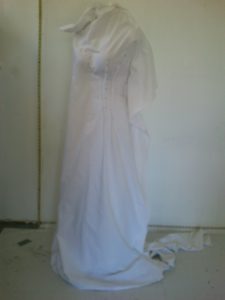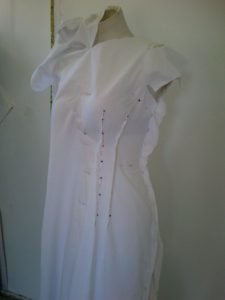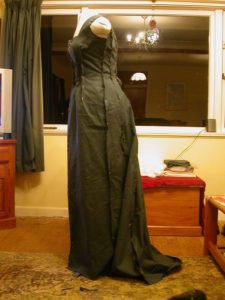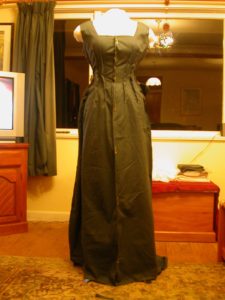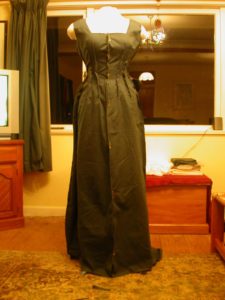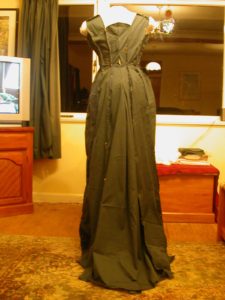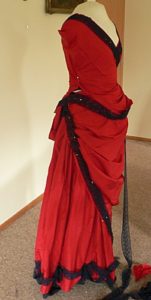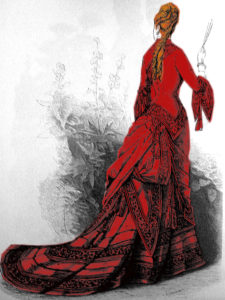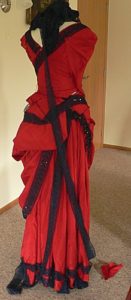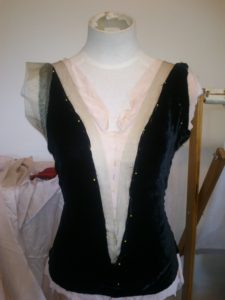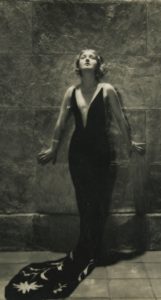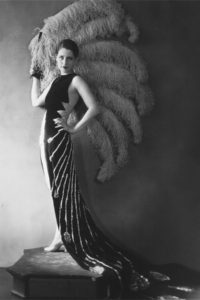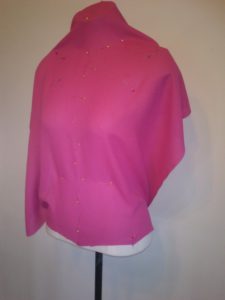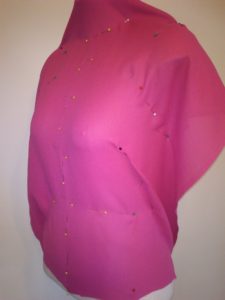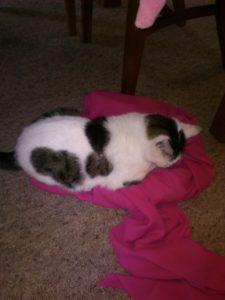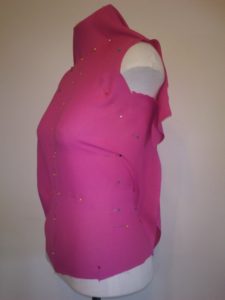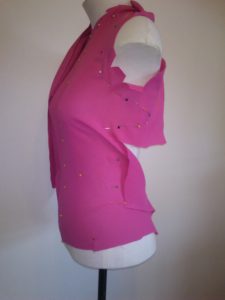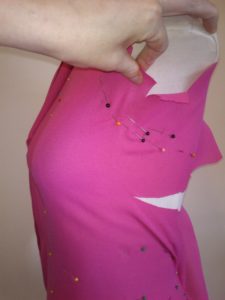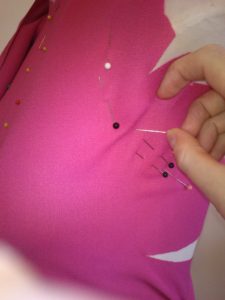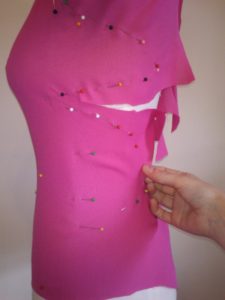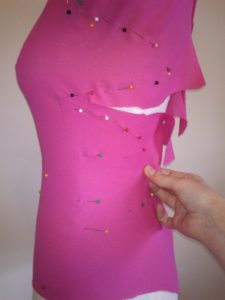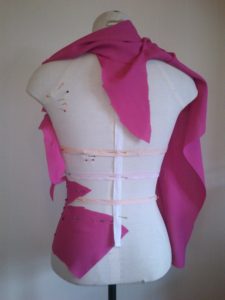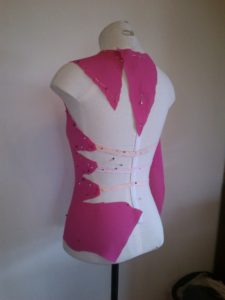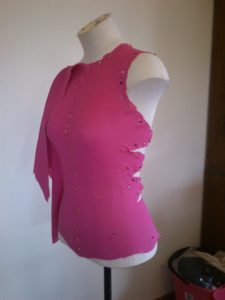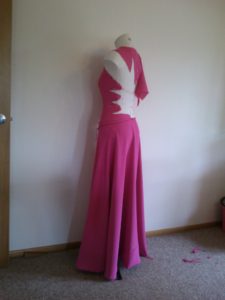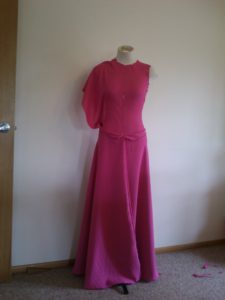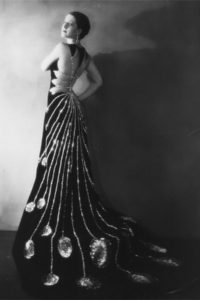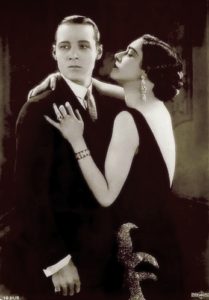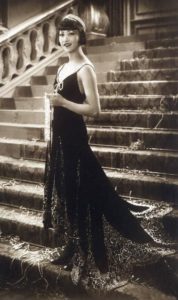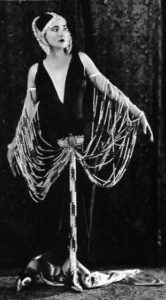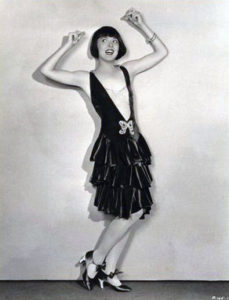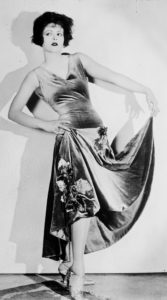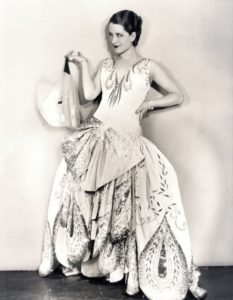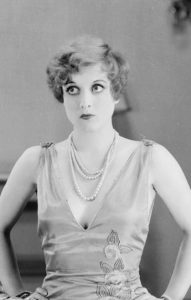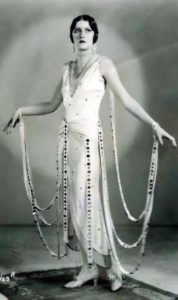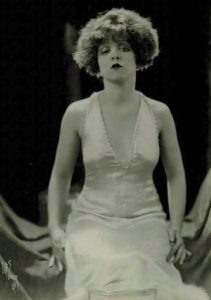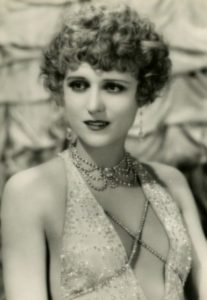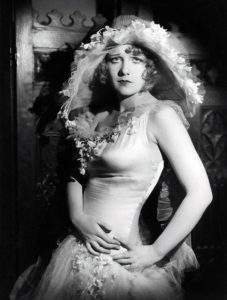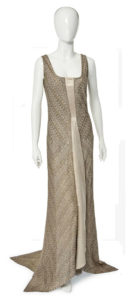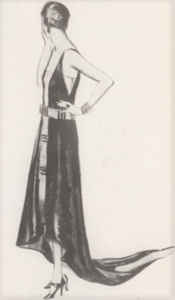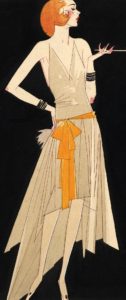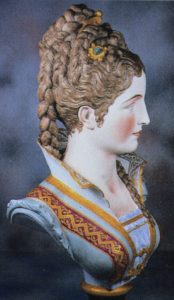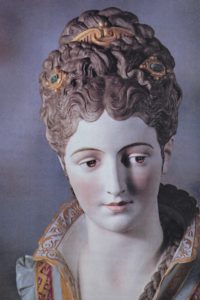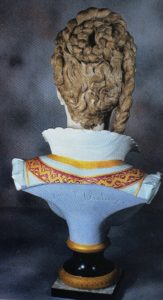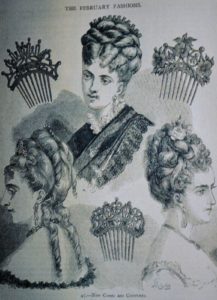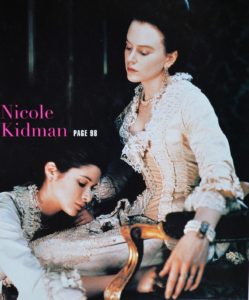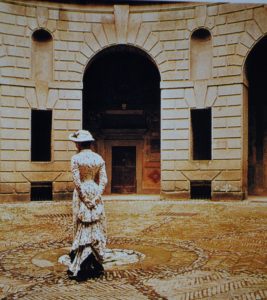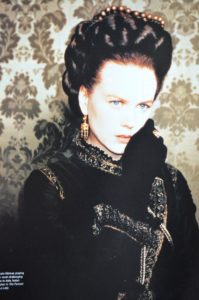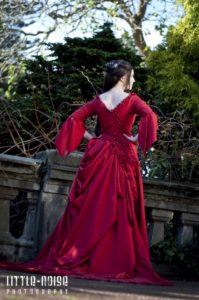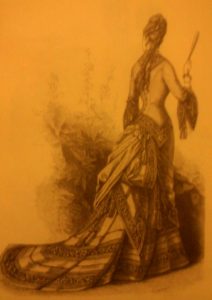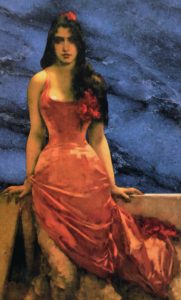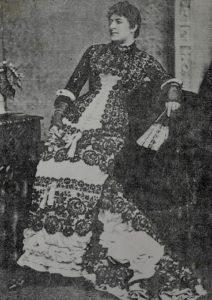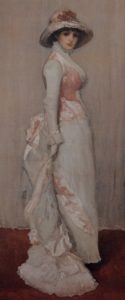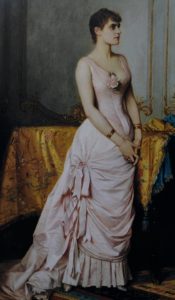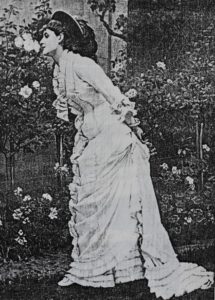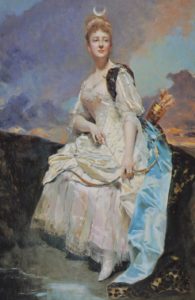I have been on a pinterest-go-round but also while doing so found others who had liked some really old auctions and museum pages I had way back when, so I’m going to do a post about the inspiration for my next historic project 🙂
I was trying very hard to find the perfect gown, or even the perfect gown examples but there are so many. Perhaps I’ll have enough lace and net to make them all. That would be amazing.
One of my very first pricey book purchases way back when was The Paris Collection,

See the doll in the middle? Sigh. I love this jacket over flounced skirt combination. I need to update my historic pages section but this basic style definitely influenced my black and white day dress.
This is early 1870s, but this jacket and flounced skirt combo is seen in both art and extant items.

Afternoon dress, Metropolitan museum
Date:ca. 1871
Culture:European
Medium:cotton
Credit Line:Gift of Lee Simonson, 1938
Accession Number:C.I.38.23.247a–d
I would like to make my cotton net really pop, so I am looking to use some blue sheer sateen and around 26m (29 yards-ish) of wide rayon lace. It’s about 2 1/2″ wide which really pushes the balance of potential stripes into closer to the mid-late 1870s.
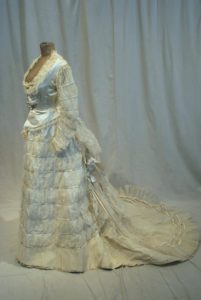



My sincerest apologies. This is from an auction, my files attribute them to Saturday, 14 February 2009, 12:35:48 PM, so that may be the date of the auction. The naming practice is familiar but I just can’t remember and my old bookmarks seem to have not made their way to my new browsers.
However this is a perfect example of tone on tone with different textures that was a very big deal of the 1870s. It also includes the use of horizontal lines on the sleeves and gown I adore.
I do however keep coming back to an auction from ebay that was just so beautiful. At the time I had much difficulty in terms of being able to purchase from US ebay that it never even crossed my mind to contemplate putting in a bid! However this gown I believe would work with my heavier net and heavier lace.










I saved these in 2006, so this gown has been just there in the back of my mind for a decade! I have never found the perfect lace, but I do hope to be able to do justice to this regardless.
Of note is the mix of vertical lines in the bodice and sleeves, and the horizontal elements to the skirt.

Evening dress (Metropolitan Museum)
Date:ca. 1872
Culture:American
Medium:cotton
Credit Line:Brooklyn Museum Costume Collection at The Metropolitan Museum of Art, Gift of the Brooklyn Museum, 2009; Gift of Amelia Beard Hollenback, 1966
Accession Number:2009.300.3290

Dress (Metropolitan Museum)
Date:1870s
Culture:American
Medium:cotton
Credit Line:Gift of Richard Martin, 1993
Accession Number:1993.35.2a–c
Again, lace is used to create linear interest. The satin appears to have originally been pink.
This era did however also have some Medieval/Renaissance revival going on and it even affected sheer gowns with sleeves.
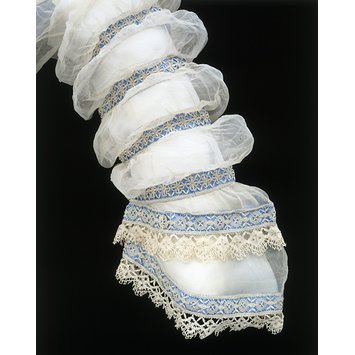
Dress (V&A museum)
Place of origin: Great Britain (made)
Date: ca. 1868 (made)
Artist/Maker: Unknown
Materials and Techniques: Linen lawn, trimmed with silk-satin ribbon overlaid with bobbin lace
Credit Line: Given by Miss Ada B. Cooper
Museum number: T.13-1943
Gallery location: In Storage
Note the blue beneath the lace! This feature is in the doll dress and so I am very keen to use this element in my own. I had intended to use my sheer sateen as a princess line petticoat but am seriously thinking that it would be very effective as a base for the lace.
This means I do need to think carefully about the foundation garments but I think Tissot possibly has a solution that would look as striking on this project as it does in his artwork.
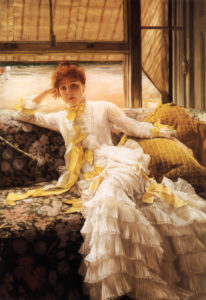

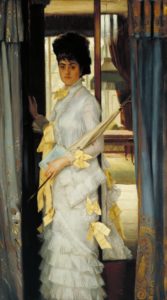
Three paintings of the same gown. Two of Kathleen Newton (both on WikiCommons) and a genre portrait at the Tate. This is the same kind of jacket as seen at the top of this post.
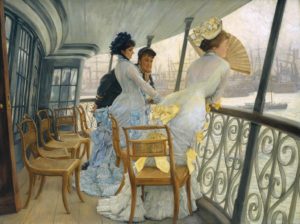
A similar arrangement can be seen on this princess line gown. Both dresses have solid white sleeveless foundation garments. These appear to be full length petticoats and they sit very low indeed in the back. I am not sure I can achieve such a low back, though there does appear to be a of illusion going on- there is a lacy detail that could be a corset cover on the right.
And then, thinking of stripes and princess lines I can’t help but want to then make a sheer version of at least two fashion plates from Harper’s Bazar!
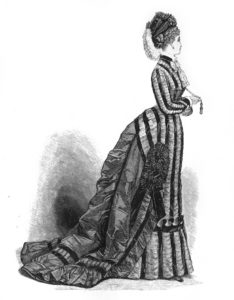
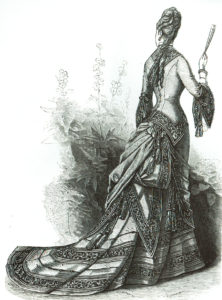
1875 (23 October) and 1876 (19 August)
I can just see both of these translating to sheer gowns so easily. And it may be the nudge needed to finally actually make the reference gown for Mina as well as Mina 🙂

